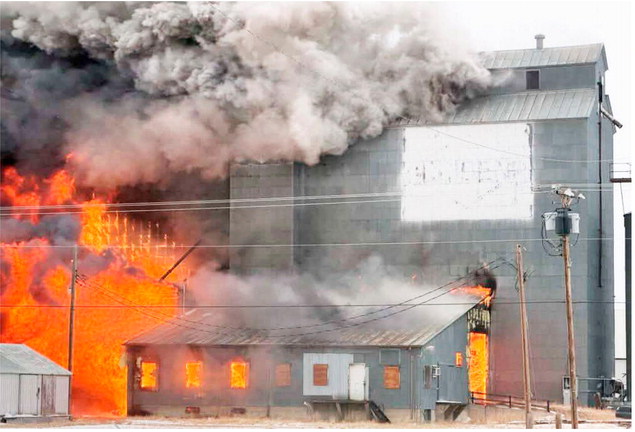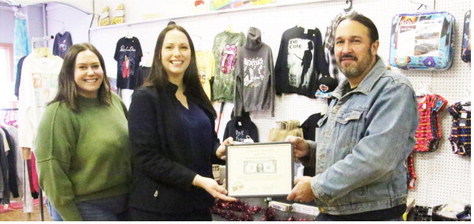MSU Receives $26.7 Million Grant From Air Force
Montana State University was awarded a $26.7 million grant from the U.S. Air Force to support moving quantum technology applications from concept to market — and potentially, space. “People should know that this is the second quantum revolution,” said Yves Idzerda, physicist and dean of MSU’s College of Letters and Sciences and principal investigator for the grant. “The first one occurred when we discovered electricity.”
Out of the first came radios, televisions and the internet, Idzerda said. “It was transformational for society,” he said in an interview. “Quantum materials have that same potential, to be that transformational.”
The grant will establish a facility, named the Applied Quantum CORE, with roughly 10 employees. It will also fund equipment to test prototype quantum components in extremely cold environments.
Idzerda, also administrator for CORE, said some of the devices that are tested might end up being used in outer space.
The 20-month grant builds on decades of work at the Bozeman flagship. It also demonstrates the close relationships between the campus and local economy and is expected to support economic development in the state, according to the head of economic development for the City of Bozeman.
Brit Fontenot, director of economic development and community relations for Bozeman, said MSU has come far in photonics, or the study of light waves, and optics over the last three decades, and the recent grant for quantum technology builds on its ongoing work.
“It’s the next generation of computing … It has some really enormous implications across the spectrum.”
Fontenot said MSU’s work in computing, quantum communications and sensors sets it apart, and the state’s photonics industry is starting to hit its stride.
Related companies spun out of MSU years ago through the technology transfer office, and Fontenot said he anticipates a similar result with more recent developments at the university.
“If you can’t commercialize intellectual property, its value diminishes,” he said.
He pointed to Bridger Photonics as one example of commercial success that came out of academic work. The company’s website describes its focus as state-of-the-art methane missions detection technology.
Fontenot said Bridger Photonics is signing multimillion dollar contracts with oil and gas companies to map pipelines.
Quantum technology has a plethora of market applications in finance, bioscience, biotechnology, medical care, computing and other fields, he said. For example, in the vaccine world, he said, it may mean modeling that’s done more quickly than previous tests, bringing a safe vaccine to reality on a much accelerated timeline.
“Quantum is as disruptive as anything we’ve seen,” Fontenot said. “It’s going to relate to how we relate to some of these really impactful industries.”
The designation means a consortium of businesses and universities in the state may use portions of a $75 million grant to advance American technology.
The current grant builds on an earlier $20 million National Science Foundation grant to support the MonArk Quantum Foundry in Bozeman, a project led by MSU and the University of Arkansas. Its mission is to accelerate two-dimensional materials research for quantum technologies in the U.S.
Quantum physics deals with tiny particles, smaller than the parts that make up an atom.
Scientists are discovering how to manipulate those particles to “create faster, more sensitive and more precise systems in electronics, including sensors, location systems, computers and medical equipment.”
“What we will do is test new devices that people create, and we’ll find out what the faults are with some of them,” Idzerda said.
The facility will have special refrigerators that can reach temperatures as cold as minus 459.7 degrees Fahrenheit, where even small vibrations in atoms go away. Quantum components need to withstand very cold temperatures, but the refrigerators are expensive, so many components being developed haven’t been tested in extreme environments.
The facility will help troubleshoot components, refine ones that show promise, and bring products to market with a business incubator and accelerator.
“There’s a lot of science driving this, but the next phase is economic development,” Idzerda said. “How do we take these ideas, which the first phase funded, and turn them into a product or into a company? That’s really what we’re headed for in the long run.”

